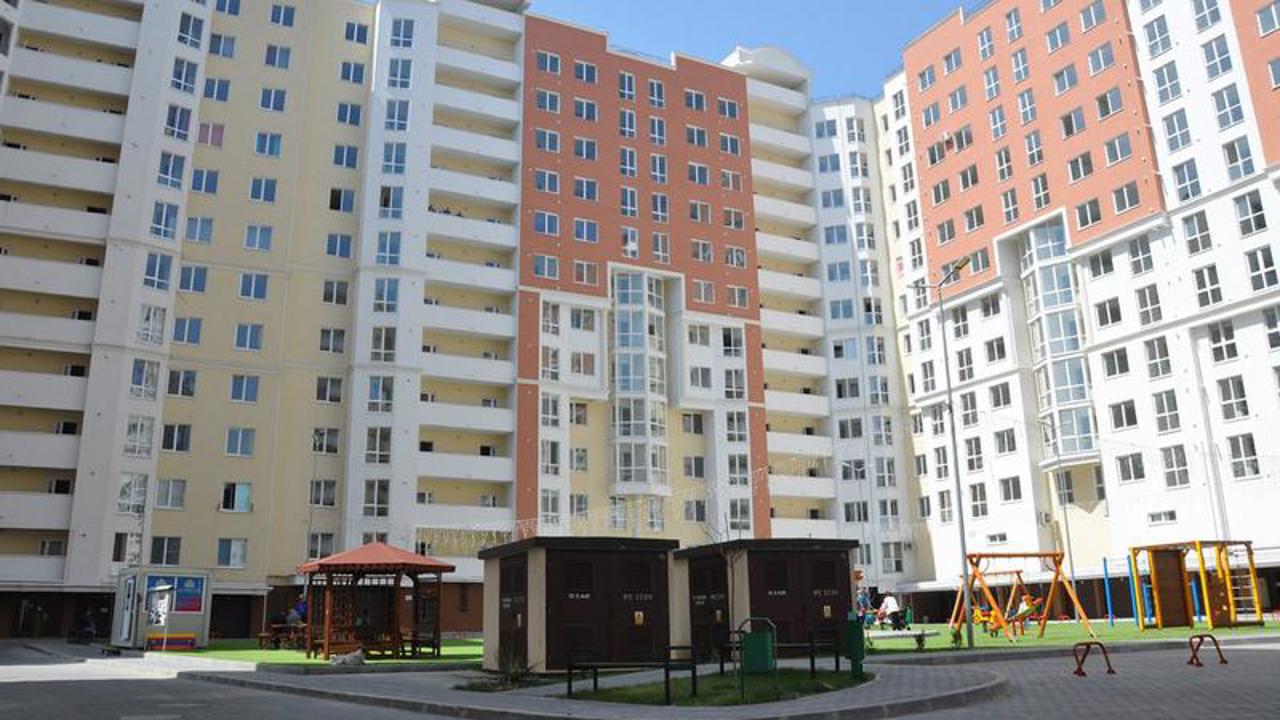Moldova Boosts Data Access for Citizens
By 2026, Moldovans will have access to more accurate information on weather conditions, mineral resources, property locations (cadastral addresses), and urban and regional planning thanks to advancements in spatial data infrastructure.

This national infrastructure has been bolstered in recent years, and experts anticipate a significant improvement in response times for information requests once all government agencies are integrated into the system.
Spatial Data Enhances Emergency Response
Access to spatial data is credited with improving response times for Moldova's 112 emergency services. Call centre operators can now pinpoint the location of callers upon receiving emergency calls.
"The location data is indeed valuable," remarked Marin Cibotari, an engineer with the 112 service. "However, visual representations of spatial data are equally important. These visuals are crucial for map displays, guiding emergency responders, and ensuring prompt intervention during missions."
Land Registry Benefits from Modernization
The modernised spatial data system also presents advantages for employees at the land registry office (cadastre). The system allows for real-time verification, enabling staff to provide citizens with accurate information on specific properties.
"These advancements ultimately serve the public good," explained Radu Chilaru, director of the Land Registry Cadastral Center (IPCBI). "Since 1998, land registry data has been maintained on paper records. The new system provides digital access to this data through a network."
"For instance, planning new topographic surveys requires us to calculate factors essential to our clients, such as cost and completion time. The availability of these data sets, including orthophotos, cadastral data, and digital maps with land boundaries, allows us to generate accurate estimates for project costs and timelines," said Adrian Iepure, a beneficiary of the system.
National Implementation on the Horizon
The director of the Geodesy, Cartography, and Cadastre Agency (AGCC) anticipates that all state institutions will soon be implementing this system.
"We have currently identified 22 distinct sets of spatial data encompassing land, roads, buildings, and administrative units," said Ivan Danii, director of the AGCC. "Our objective is to publish all spatial data by 2026, along with their accompanying metadata."
The development of the national spatial data infrastructure was financed by a €700,000 government investment.
Translation by Iurie Tataru



